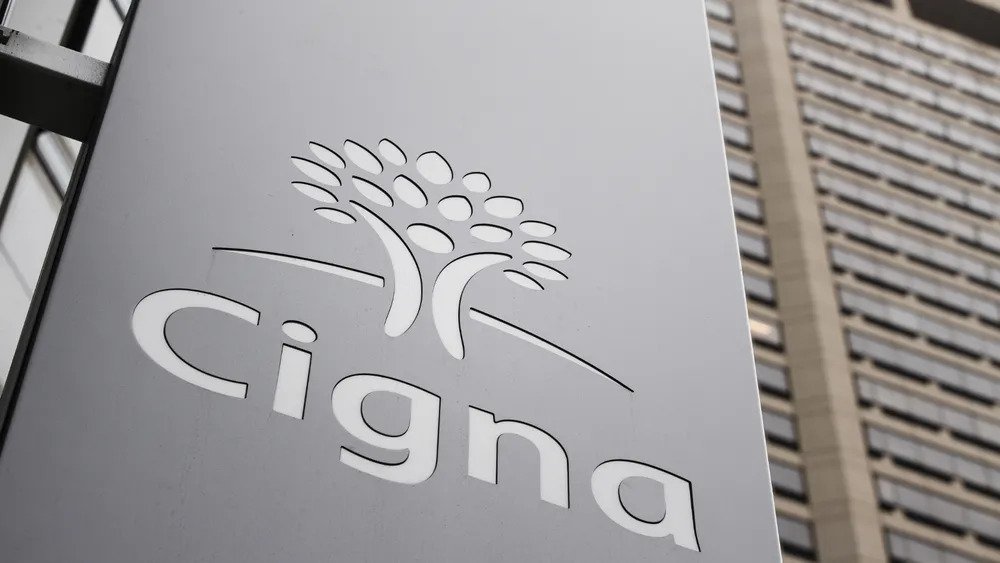The System Makes Patients Sick And CEOs Rich



(AP Photo / Matt Rourke)
Healthcare executives' pay topped $335 million last year while 100 million Americans were saddled with medical debt.
Big health insurance companies have been on a spending spree buying back shares of their own stock, a gimmick — illegal until a few years ago — that has made a few insurance company CEOs incredibly rich at a time when 100 million Americans are saddled with medical debt.
Share repurchases benefit top executives and other shareholders at the expense of the insurers’ customers — especially health plan enrollees with such high out-of-pocket requirements they’re getting buried under a mountain of medical debt. As Forbes reported last July, those out-of-pocket requirements have reached such heights that millions of Americans are now “functionally uninsured.”
Now that the seven investor-owned health insurers have disclosed how much money their top executives made last year (as the SEC requires publicly traded companies to do), we can see just how important that gimmick has become to the people who are ultimately responsible for whether we get the care our doctors say we need, how much we have to send them every month in premiums, and how much we have to shell out in copays and deductibles before they’ll start paying our medical bills.
As Bob Herman, a journalist at healthcare news outlet STAT, reports, the CEOs of those companies were paid a record $335 million last year, 18 percent more than the previous record set in 2021. Had it not been for their companies’ share buybacks, they wouldn’t have banked nearly that much money.
While a few other media outlets reported on the CEOs’ 2022 compensation, STAT’s reporting calculates the pay packages to reflect how much the executives gained on their long-held stock (primarily by cashing in on stock options they’ve been awarded in recent years).
An analysis of how much the companies have used our premiums and tax dollars to buy back shares of their own stock showed that they spent a combined $141 billion on share repurchases between 2007 and 2022.
Keep in mind that that is $141 billion that otherwise could have been used to reduce our premiums and deductibles — and keep an untold number of American families out of bankruptcy and away from GoFundMe campaigns — but was instead used to increase the wealth of their shareholders and top executives.
A strong case can be made that the biggest beneficiaries of the stock buybacks are the companies’ CEOs. That’s because the value of the shares of stock they hold increases every time their companies repurchase shares.
It works like this: When a company buys back shares, it reduces the number of shares outstanding, and that has the effect of inflating the value of each share of stock.
I benefited from this gimmick myself when I was at Cigna because a portion of my compensation was paid — in one way or another — in stock.
What I was paid in stock, however, was a tiny fraction of what my CEO was paid. As I told reporters when I was Cigna’s chief spokesman, about 90 percent of the CEO’s compensation was “at risk,” meaning that most of what he was paid was based on how well the company met shareholders’ financial expectations, specifically whether and how much the company increased the value of each share of stock (earnings per share, or EPS).
Not much has changed in how CEOs are compensated since I left Cigna in 2008. As STAT’s Herman reported last year when he compiled insurance company CEOs’ compensation figures for 2021, roughly 87 percent of their pay came from exercised and vested stock.


